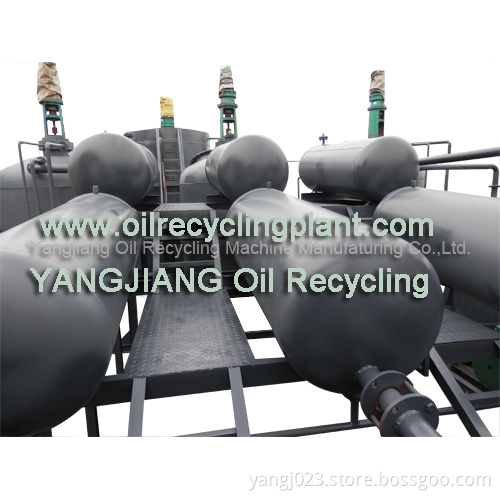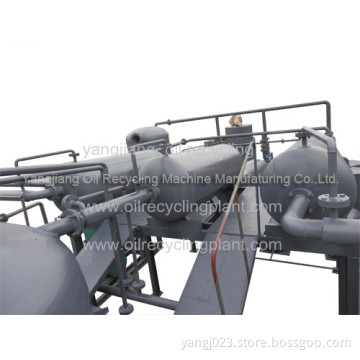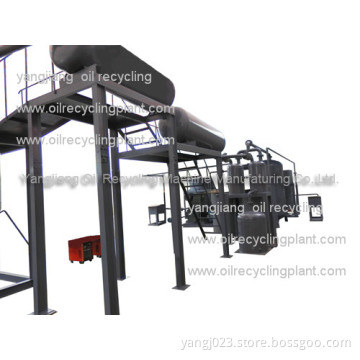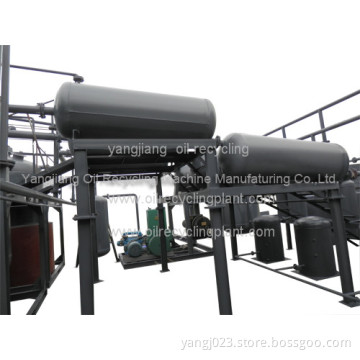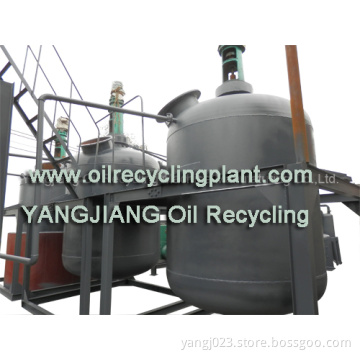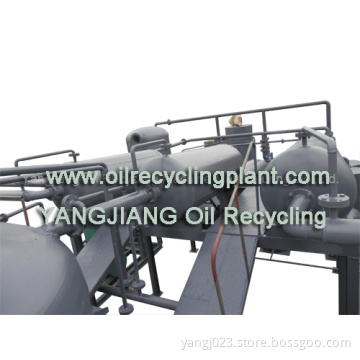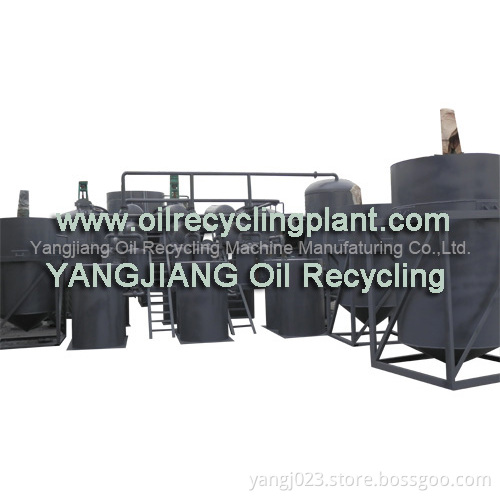
Waste Oil Regeneration Machine
Your message must be between 20 to 2000 characters
Contact NowOur Advantages
Example :Compare with Clay /flocculation and filtration process.
Clay /flocculation and filtration process.
High chemical cost
Low regenerate rate
Harm to operator and environment
A1. Chemical cost--more than 245$ for treat one ton waste oil
Use three chemicals at least,
1.water glass(Na2O.mSiO2 ,1%--),---300USD per ton, usage 1%--3USD
2.TEPA(Tetraethylenepentamine)C8H23N5,1-2%) ---8000USD per ton, usage 2%--160USD
3..activity clay(25%) ---330USD per ton---usage 25%---82USD
4.May add NAOH, Hydrogen Peroxide etc,
For one ton waste oil treatment, total Chemical cost 245usd at least. China does not produce TEPA, there just three main producers in the world, one is in Japan, and other two are in USA,
B1: regeneration rate--Lower than 70%
Clay/flocculation and filtration process, only heat the oil to 140 ℃ celcius, as we knows, there are a lot of additive in the waste oil, and the additive can not be broken at 140℃ celcius, so it is difficult remove black waste oil color. That is why this process need add 25% activity clay to decolor, fuel oil, base oil can not be separated form the waste lube oil ,so the recycling rate is lower than 70%.
C1:Harm to operator and environment
Clay/flocculation and filtration process, 25% activity clay consumption, disposal of large quantity of spent clay is a environmental problem.This process is not sealed, bad smelling will come out form the machine. Also when adding the clay into waste oil ,clay powder is harm to operator health, and pollute factory and harm to environment.
Related Keywords

